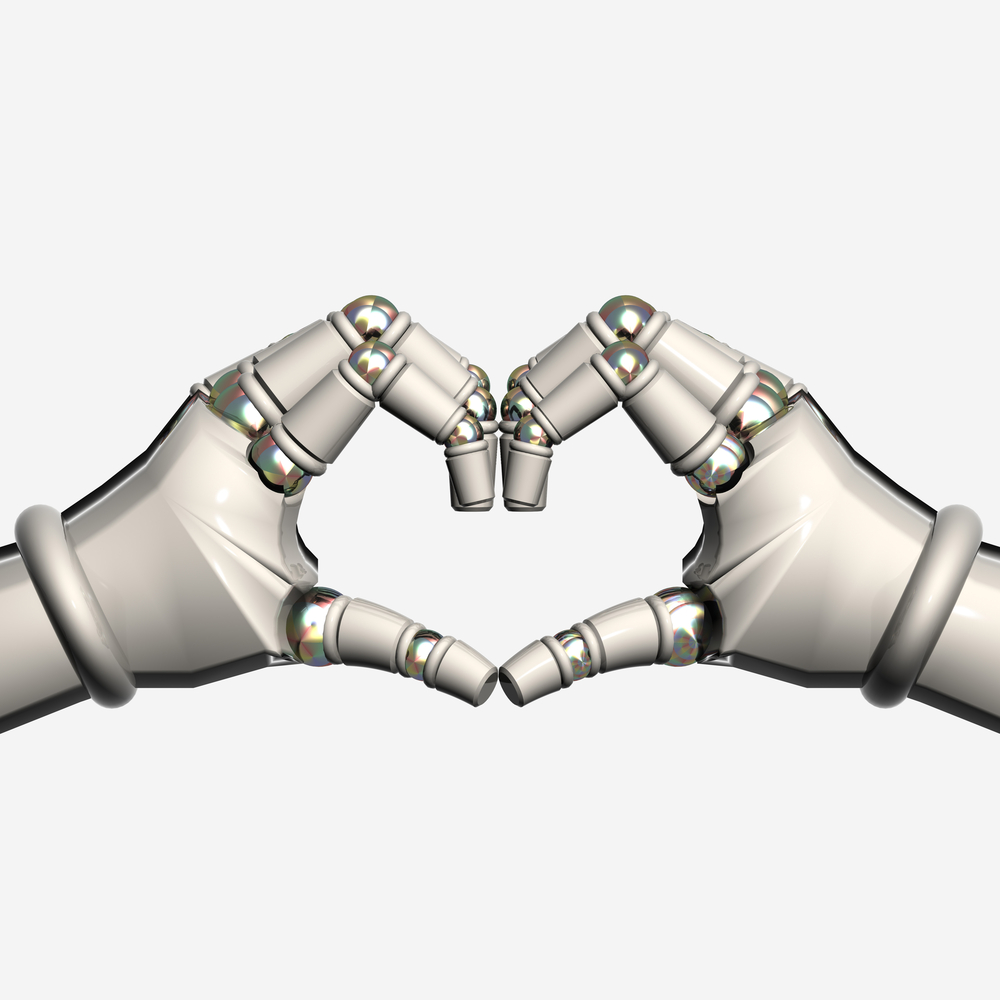De geschiedenis van robots
De eerste robots werden in de jaren 50 gemaakt, toen de massaproductie van auto’s op gang kwam en ze nuttig waren als vervangers van menselijke arbeid. Lopendebandwerk waar nauwkeurigheid én kracht voor nodig waren, zoals het fabriceren van auto’s, bleek een uitstekende niche voor deze apparaten. Rond dezelfde tijd vond in de academische psychologie de cognitieve revolutie plaats, waaruit de cognitieve psychologie zoals we die nu kennen ontstond. In dit nieuwe werkveld van de cognitieve wetenschap, waar disciplines als psychologie, neurowetenschap en computerwetenschappen samenkomen, groeide de computeranalogie in populariteit. Misschien, dacht men, kunnen we de mens beschouwen als een enorm ingewikkelde computer, met invoer (zintuiglijke waarneming), verwerking (cognitieve processen), en uitvoer (gedrag).
Dit nieuwe inzicht bood niet alleen mogelijkheden voor psychologen, die met een frisse blik de mysteries van deze mentale processen wilden onderzoeken, maar opende ook de deur voor onderzoekers die intelligente systemen wilden bouwen. De cognitieve robotica werd geboren: door gebruik

